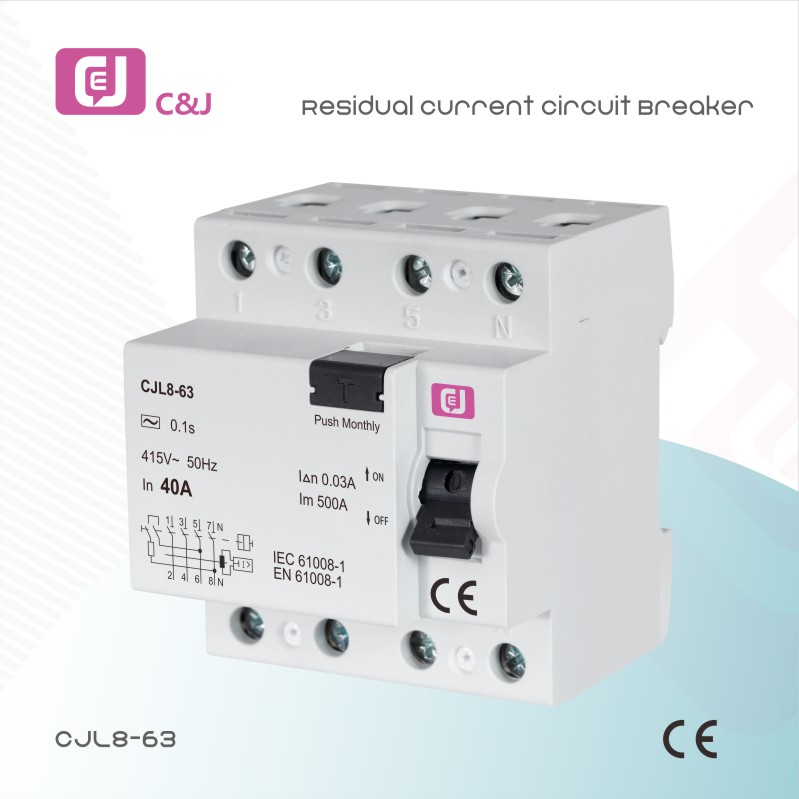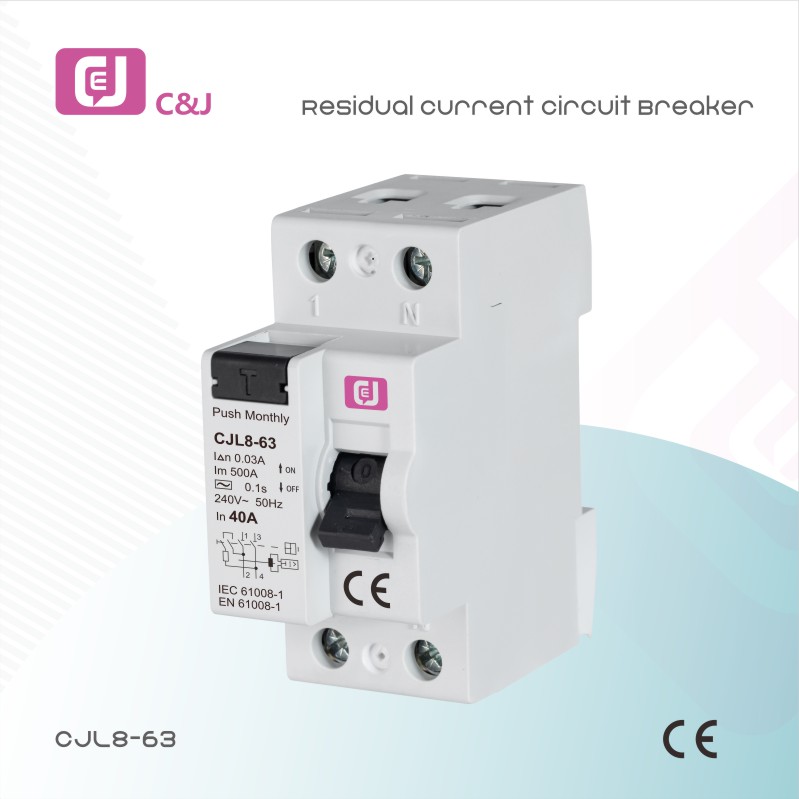Understanding RCCB: Residual Current Circuit Breaker
In the world of electrical safety, residual current circuit breakers (RCCBs) play a key role in protecting people and property from electrical hazards. These devices are designed to prevent electric shock and reduce the risk of electrical fires caused by ground faults. This article will take a closer look at the function, importance, and applications of RCCBs.
What is RCCB?
An RCCB (Residual Current Circuit Breaker) is an electrical device that disconnects a circuit when it detects an imbalance between the live (phase) and neutral wires. This imbalance indicates that current is leaking to earth, which can be caused by faulty wiring, damaged insulation, or accidental contact with live parts. The RCCB continuously monitors the current flowing through the circuit and can react to any abnormalities within milliseconds to ensure safety.
How does RCCB work?
The RCCB works by measuring the current flowing through the hot and neutral wires. Normally, the current flowing into the circuit through the hot wire should be equal to the current returning through the neutral wire. If there is a difference, the RCCB detects this imbalance.
When the RCCB senses leakage current, it triggers a mechanism that opens the circuit, thus preventing potential electric shock or fire. RCCBs vary in sensitivity, with common current ratings being 30mA (for personal protection) and 100mA or 300mA (for fire protection).
Importance of RCCB
The importance of RCCBs cannot be overstated. They are a critical line of defense against electrical accidents. Here are some of the key reasons why RCCBs are vital:
1. Protection against electric shock: RCCBs are designed to protect personnel by disconnecting the circuit when a fault is detected. This is particularly important in environments where personnel may come into contact with live parts.
2. Fire Prevention: Electrical faults can cause overheating and fire. RCCBs help prevent electrical fires and protect property and life by detecting leakage currents that can cause overheating.
3. Comply with electrical standards: Many countries require the installation of residual current circuit breakers (RCCBs) in residential and commercial buildings. Complying with these standards not only improves safety but also ensures that electrical installations meet legal requirements.
4. Peace of Mind: Installing a residual current circuit breaker (RCCB) provides peace of mind to homeowners and business owners. They can use their electrical appliances without worrying about potential hazards.
Application of RCCB
RCCBs have a variety of uses, including:
- Residential Buildings: In homes, RCCBs are usually installed in the main distribution board to protect the circuits that supply power to sockets, lighting and appliances.
- Commercial Establishments: Businesses often use RCCBs to protect equipment and ensure the safety of employees and customers.
- Industrial Settings: In industrial settings, RCCBs are essential to protect machines and workers from electrical faults.
- Outdoor installation: RCCBs are also used in outdoor electrical installations such as garden lighting and swimming pools where the risk of electric shock is higher.
In short
Residual current circuit breakers (RCCBs) are an integral part of modern electrical systems. Capable of detecting and responding to electrical imbalances, they are essential safety devices that protect life and property from the hazards of electric shock and fire. As technology advances and electrical systems become increasingly complex, RCCBs will continue to play a critical role in ensuring electrical safety in homes, workplaces, and public places. Investing in high-quality RCCBs and ensuring they are properly installed and maintained is an important step towards a safer electrical environment.
Post time: Jul-14-2025



